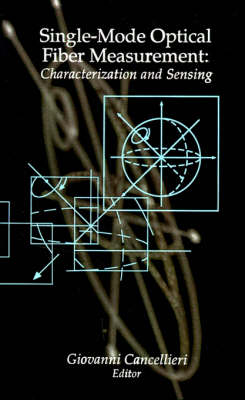Optoelectronics Library S.
2 total works
Aims to strengthen the reader's understanding of WDMA optical network technology, and teach how to better select and design reliable all-optical telecom networks. The style is aimed at WDMA network specialists and non-experts alike, the authors summarizing recent advances. Telecom operators and service providers responsible for designing new, or improving existing WDMA networks could use this reference to expand their knowledge of the following: key network architectures, including LLN, Manhattan, Shuffle, De Bruijn, Gemmet, Matrix, Swift, Starnet, and more; how to employ an effective method of network organization based on traffic demands, and how to choose the best network carriers for your particular service; and important reliability and reconfigurability problems, as well as critical routing strategies and transmission protocols.
This study is designed for graduate technicians working in laboratories or quality test offices, as well as academics and industrial researchers in optical communications and optical sensors and students attending postgraudate courses on optical engineering. It aims to provide a survey of the methods for fiber optics experimental characterization and includes details of each technique, including basic concepts, critical aspects of their practical implementation, and estimates on the accuracy and repeatability of the results obtained from the measurements. The discussion also covers commercially available field testing equipment.

